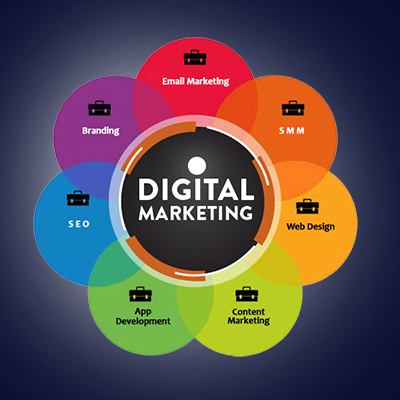The audience might be drawn in a variety of ways. One of a company’s most important components is marketing since it aids in capturing consumers’ attention.

The two types of marketing are as follows. Digital marketing has a more contemporary kind of marketing used in Indite Web Technologies than conventional marketing, which is a more traditional form.
Although digital marketing has only just entered the picture, traditional marketing has been developing for millennia. The individuals and companies who wish to utilize it will thus have to decide which of the two to use.
Traditional Marketing:
The traditional marketing methodology is an outdated one. Flyers, banners, TV and radio commercials, print and newspapers, and other forms of advertising were employed by businesses to sell their goods in the early years.
Interests, awareness, desire, and decision-making are the four stages of conventional advertising. Reaching a broad audience and competing on the basis of numbers are the primary objectives of conventional marketing. This suggests that your marketing will produce more leads depending on how many viewers and users it attracts.
Digital Marketing:
A contemporary method of advertising is digital marketing. Through web marketing, we advertise and sell goods and services.
Additionally, it describes the advertising strategy of any sort of business using online platforms and tools like Google, Instagram, Facebook, YouTube, etc. Internet advertising involves four stages: planning, conversation, material, and sequences.
Due to the ability to send customized messages and advertisements based on consumers’
interests and behavior, online advertising is comparatively more successful in reaching and attracting the intended demographics. Additionally, it is a cheaper technique to boost sales.
What distinguishes them?
The channel via which a target audience is exposed to an advertising pitch is the key distinction between digital and conventional marketing.
Digital advertising employs online platforms such as social networking sites or internet pages, as opposed to conventional marketing, which uses traditional forms of media, such as publications and newspapers.
The biggest benefit despite some drawbacks is provided by traditional marketing, which has the restriction of targeting demographics. The presentation is crucial; if you execute it well, you triumph; if not, you fall short.
Digital marketing, however, forbids such. Only reliable material with desirable characteristics has a chance of winning over people’s hearts all across the world.
Analyzing the two types of marketing more closely reveals that traditional marketing constitutes a static system, but digital advertising is an evolving framework that allows for both pulling and pushing online advertising.
In pushing digital marketing, the material is sent to the client without them actively seeking it out, but in pulling digital marketing, customers actively seek the subject matter.
When compared to conventional marketing, digital marketing converts prospects into leads more quickly.
This is so that qualified leads may be generated. Digital advertising is based on data, and adverts are presented to consumers in accordance with their preferences and interests.
Using online advertising, it is simple to keep track of things like where the consumer originates from, the product that is being seen most frequently, how many people are really purchasing the item in question, who is showing interest in the goods, etc. The client cannot be tracked at all with traditional marketing, on the other hand.
Conclusion
Both methods of marketing, both traditional and digital, offer benefits and drawbacks. The decision between conventional and digital marketing depends on a number of variables, including the budget, goal, available resources, the audience being targeted, etc.
